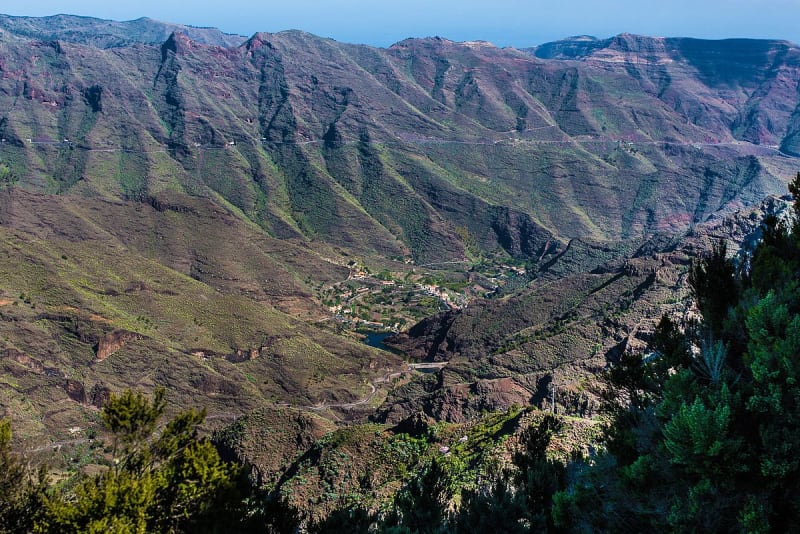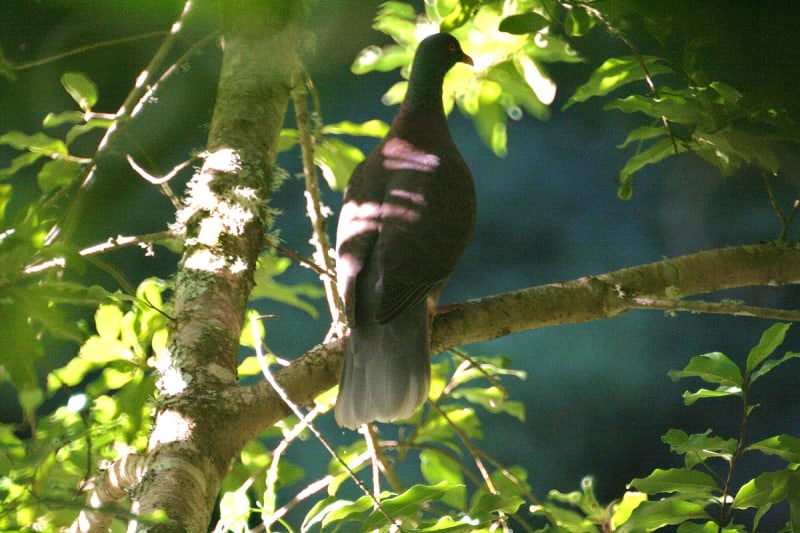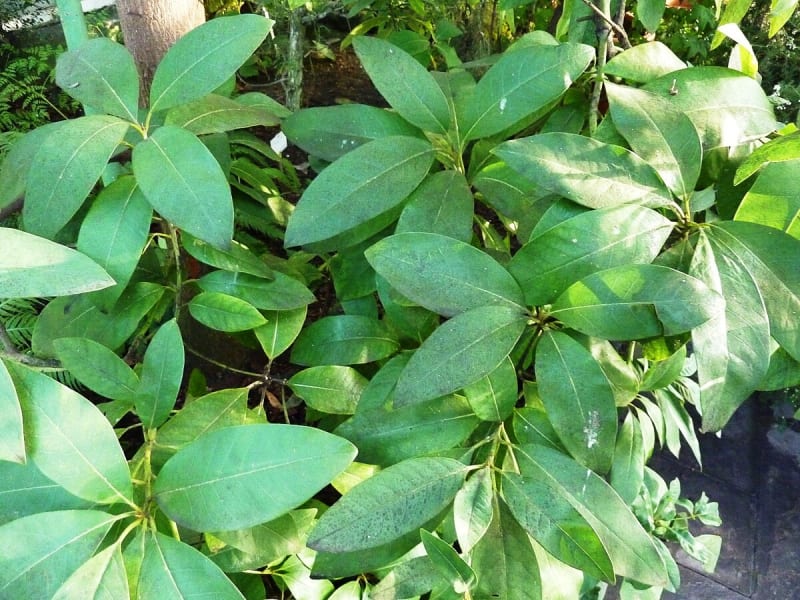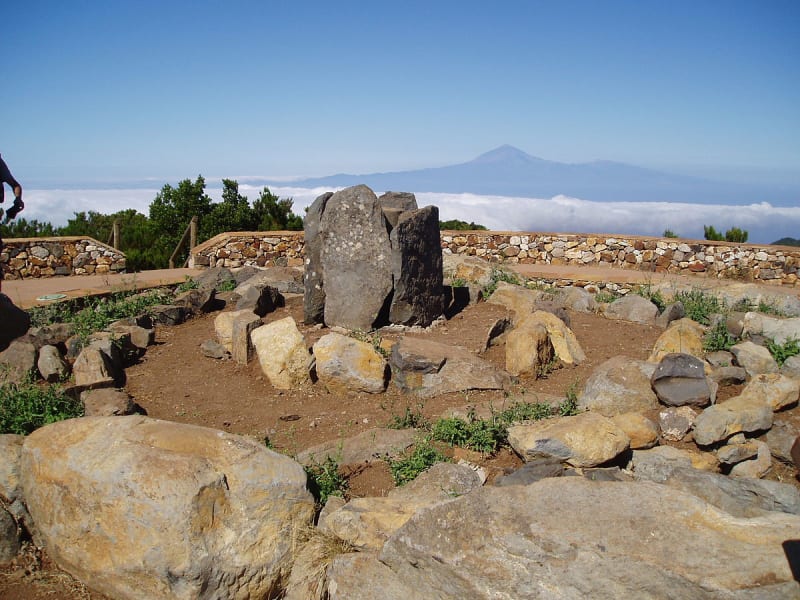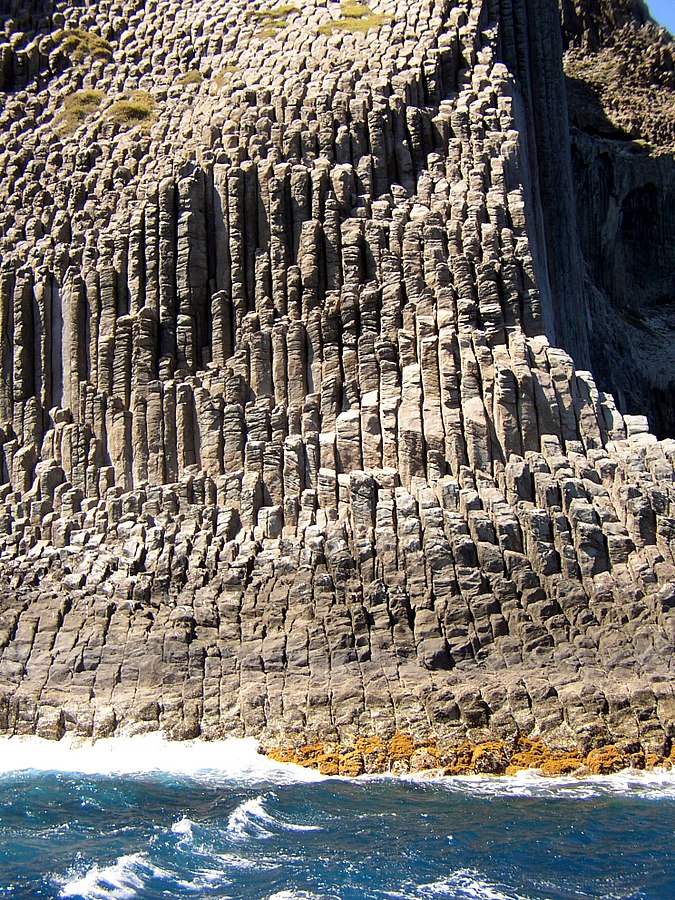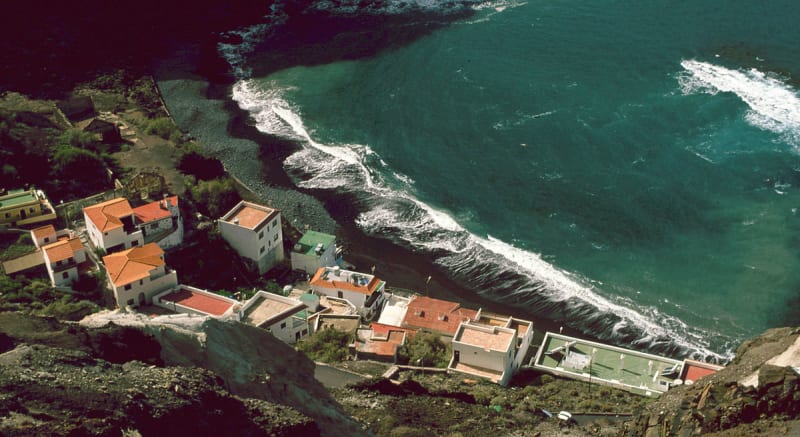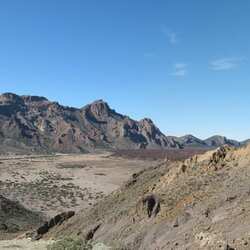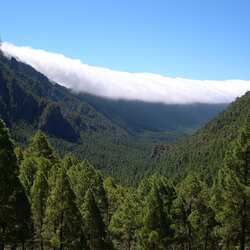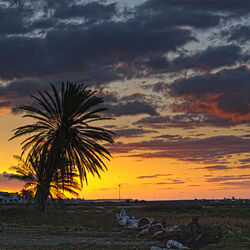La Gomera Island
La Gomera is one of the smallest of the Canary Islands located in the Atlantic Ocean. Its area is 370 square kilometers. There are no industrial enterprises on the island, its nature is pristine. In 2011 Unesco has declared the island a biosphere reserve.
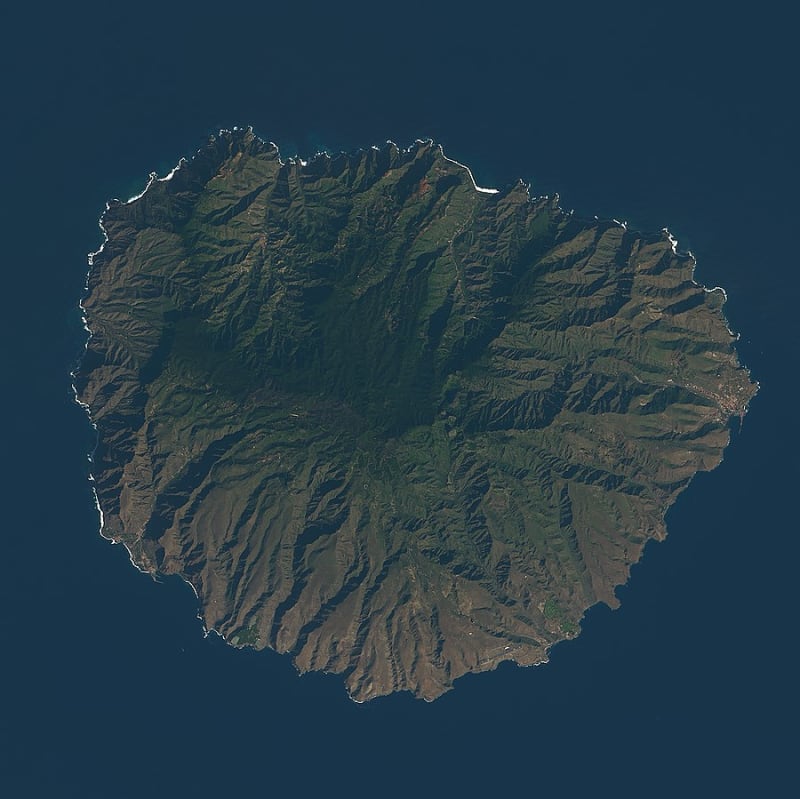
Description
A distinctive feature of La Gomera Island is the absence of volcanoes. The Garahonai mountain range, which occupies the central part, was opened as a National Park in 1981. Unique laurel forests grow in the mountains, some trees are several hundred years old. Laurel forests grew throughout the entire tropical belt millions of years ago. Now they are preserved only on an amazing island.
The La Caldera Natural Park, formed as a result of recent volcanic eruptions, has been opened in the southern part of La Gomera. The climate of the island is very mild, but it varies significantly: in the northern part, suitable for agriculture, it often rains, while in the southern part, due to the influence of trade winds, it is more arid. Grapes, tomatoes, bananas are grown on the island, palm honey is extracted and even alcoholic beverages are made from it.
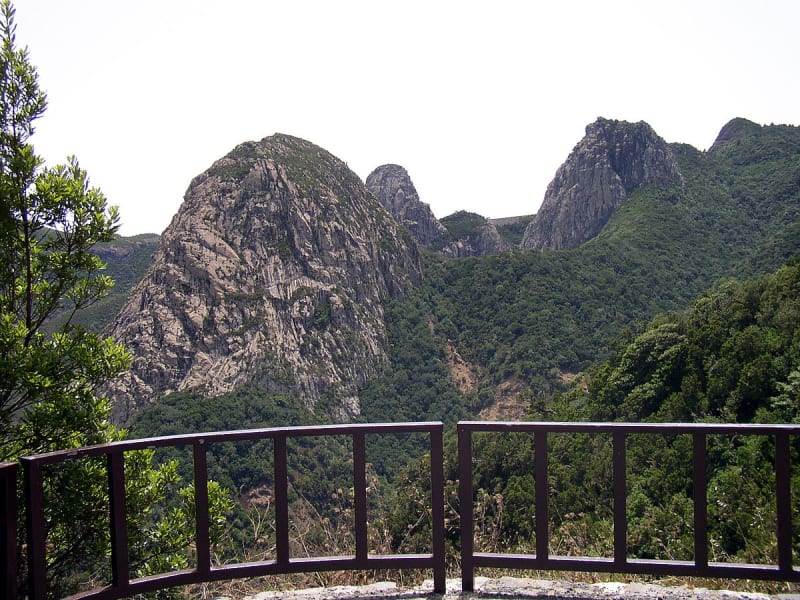
There are not many beaches on the island, but they are unique in their own way. Some of them are covered with unusual soft black sand. Beachgoers can simply sunbathe and swim in the clear water, or go surfing, which is popular here. The main city is San Sebastian. It is a quiet and peaceful city with a measured lifestyle.
History
La Gomera was originally inhabited by the Guanche tribes. The first mention of the island was found in the ancient chronicles of Ptolemy. In the 15th century, the Spaniards appeared here. The indigenous people opposed their aggressive settlement, but gradually the aborigines completely submitted.
Since 1445, the island has been ruled by the Peraza family, oppressing the local population. Uprisings broke out repeatedly, which were brutally suppressed. In 1492, the great navigator H. Columbus stayed on the island before a long voyage to America. In the 16th century, the island was often the victim of attacks by English and Dutch capers (a legalized form of piracy). But the most terrible raid was carried out by the Berbers in 1618. In the 19th century, La Gomera officially became part of the possessions of the Spanish Crown.
Historical sights
An invaluable historical monument is the defensive tower of La Torre Del Conde, made in the Gothic style. It was built in the 15th century in the city of San Sebastian. This is the oldest fortification preserved in the Canary Archipelago since the beginning of the Spanish conquest. One of the urban legends says that the wife of the murdered governor once hid in the tower from the rebels. She herself served as the reason for the rebellion, when she began to introduce cruel orders. It is claimed that the woman even had a short-term affair with a visiting Columbus.
No less interesting is the temple of Iglesia de la Virgen de la Asuncion. It was there that Columbus was supposed to offer a prayer before his famous voyage. The architecture of the church combines elements of Gothic, Baroque and Mudejara. Inside the temple, a vivid scene of the city's defense against English pirates is depicted.
There are countless craft shops in the town of Agulo. The city is interesting for its colonial architecture.
From the observation deck of De Abrante, the entire area is clearly visible, and even the Teide volcano, towering over the island of Tenerife, is visible.
One of the main unique features of La Gomera Island is the "Homer whistle". The shepherds used this "language" to communicate with each other over long distances. The special drawl of the words resembles a whistle that is far away. Schools on the island even teach this whistle specifically.
In the twentieth century, highways and a local airport were built on La Gomera. Communication with other islands is carried out via ferries. Recently, tourism has begun to occupy an increasingly significant part of the island's budget. But so far, two thirds of tourists visit the island only for one day.
